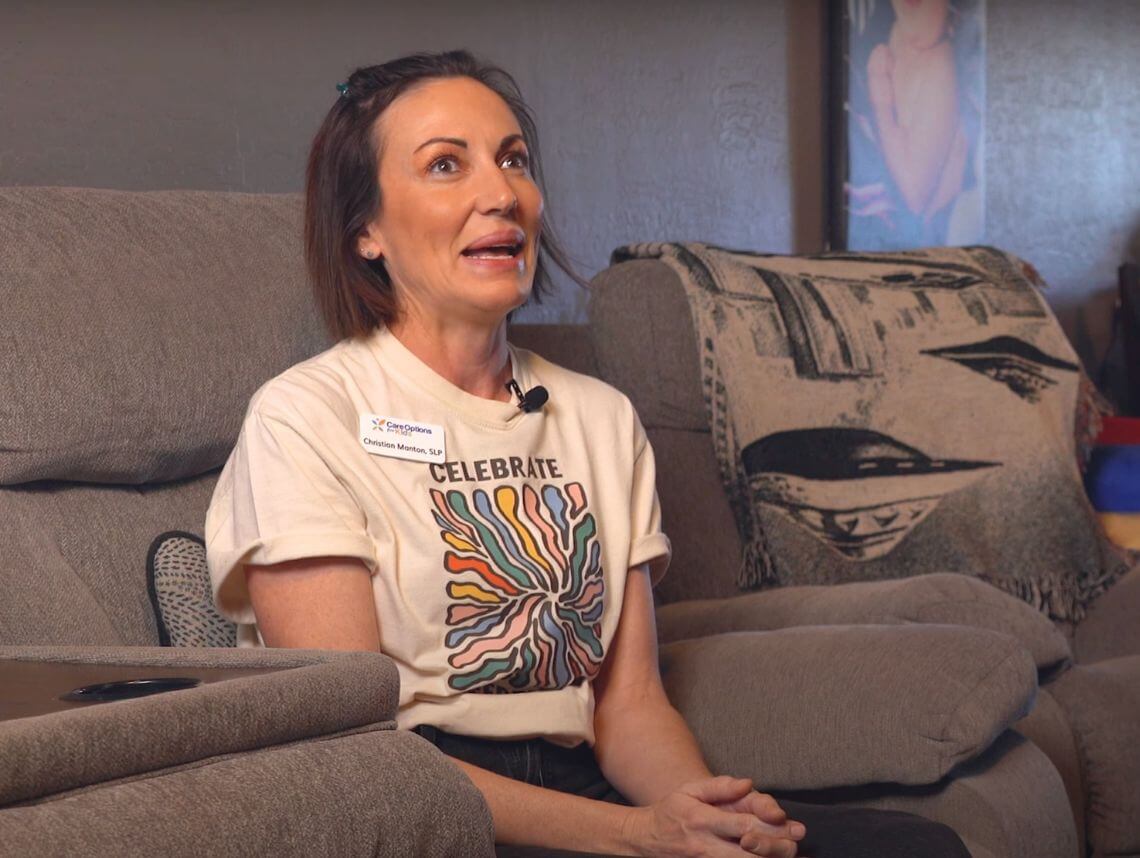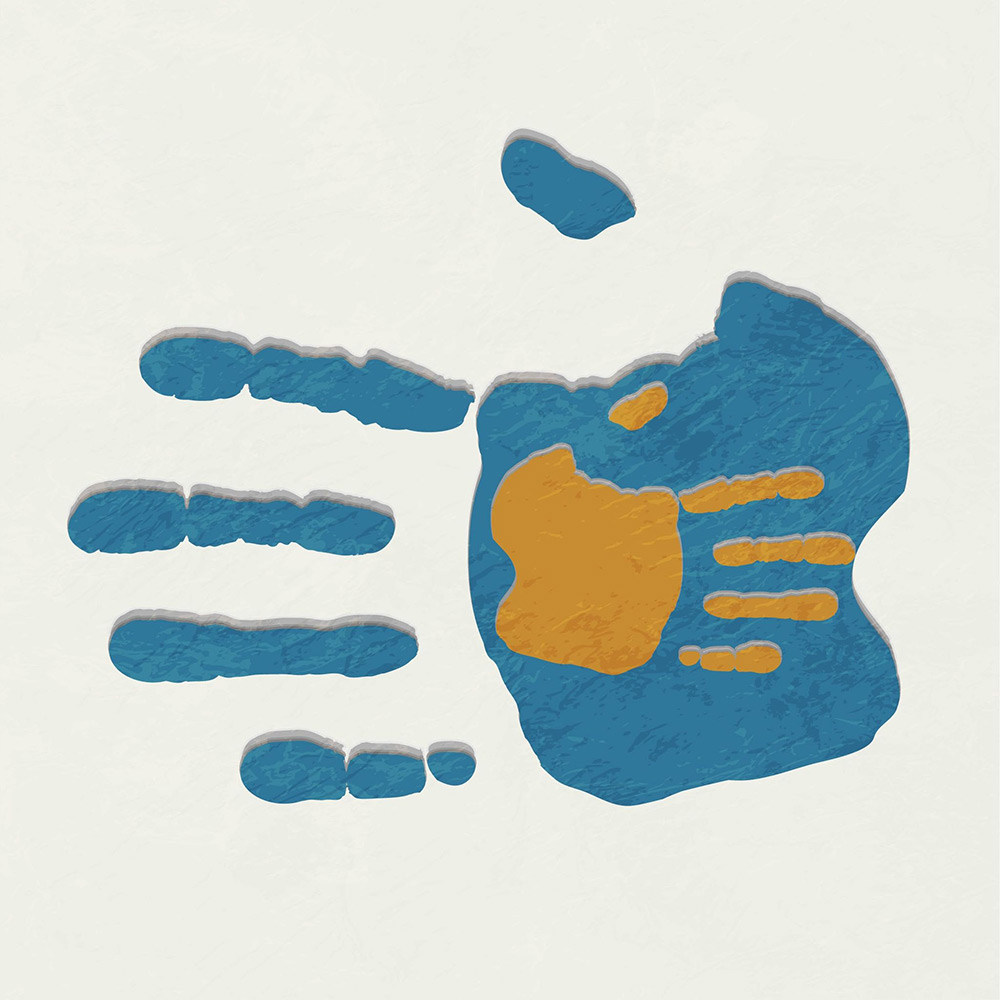Solace Blog
- Activities19
- Autism & Behavioral4
- Community154
- Early Intervention71
- Events & Giving Back20
- Extraordinary Kids22
- Family Caregiver4
- Home Care Therapy60
- News94
- Parent Articles83
- Patient Testimonial21
- Pediatric Therapy77
- Pediatric Therapy Career46
- Private Duty Nursing1
- School-Based Services1
- Telehealth Therapy27
- Tips & Advice66
Summer Reading List: Books to Inspire Therapist Growth
Cooling Off with Aquatic Therapy: Benefits and Best Practices
Sensory Activities For Kids

From School To Home: Christian’s Shift To Impactful Therapy
Speak, Listen, Connect: 6 Communication Strategies for Therapists

What Happens in an IEP Meeting?
Navigating an IEP Meeting (individualized education program) can be tricky and overwhelming. However, there are things you can do to make it easier not only on you, but your child, too! This article from www.understood.org breaks down what to expect in an annual IEP meeting. It lays out who should attend, what is discussed and decided and what steps should be taken after the meeting to help your child reach their highest potential.
Ultimately, the IEP will guide your child’s day-to-day education for the next year. With the proper tools and knowledge, you can go into the meeting feeling prepared with questions, insights and observations.
The IEP Meeting: An Overview
By Kristin Stanberry
At a Glance
- The annual IEP meeting is the time to review, revise and update your child’s IEP.
- Every element of the IEP should be covered during the meeting.
- It’s important that the IEP meeting focus on your child as an individual.
If your child has an Individualized Education Program (IEP), you and the rest of his IEP team will meet at least once a year to sit down together and make sure the IEP meets your child’s needs.
The IEP needs to be revised as your child makes progress and faces new challenges, and as new instruction techniques and technology become available.
If this is your first IEP meeting, you and the rest of the team will develop your child’s first IEP. After that, you’ll meet every year to update and revise the IEP to reflect his current strengths and needs. (A new, thorough evaluation is required every three years unless you and the school agree it isn’t necessary.)
Who Attends the IEP Meeting?
You and the rest of your child’s IEP team attend every IEP meeting. The team includes:
- You: Parents take an active role in all IEP meetings.
- At least one of your child’s general education teachers (unless your child doesn’t work with general education teachers).
- At least one special education teacher or other special education provider.
- A school district representative knowledgeable about general education and special education. This representative has the power to commit school resources for your child.
- A school psychologist or other specialist who can interpret your child’s first (or most recent) evaluation and test results.
- Your child, starting when the IEP team begins to develop the transition plan for life after high school. This plan will be part of the IEP that goes into effect when your child turns 16. (Your child may attend meetings even earlier if you think it is appropriate. Early participation can help build self-advocacy skills.)
A team member can be excused if both you and the school agree to it. Otherwise, the team should reschedule the meeting for a time when everyone can be present.
You can invite someone who understands your child’s needs (such as a health-care provider) to attend the IEP meeting. You also can ask a friend or advocate. It can be helpful to have an extra set of eyes and ears in the room. Let the school know about any guests ahead of time.
Anyone who can’t attend in person can participate by conference call or video chat. Be sure to tell the IEP team leader in advance if you or a guest will need a phone or video connection.
What Is Discussed and Decided at the IEP Meeting?
The IEP developed during the meeting is considered a draft IEP. Some schools create this in advance and then share it at the IEP meeting. If your child’s school creates the draft ahead of time, ask them to send it to you well before the meeting.
The draft is a work in progress. You have the right to suggest changes during the meeting.
Every IEP meeting should cover these key aspects:
- Present level of performance (PLOP): The team leader will write a statement about your child’s current levels of academic and functional performance (social, behavioral and motor skills, for example) and goals. This is based on data (like test scores) and observations from you and other team members.
- Annual goals: The team reviews what progress your child has made toward meeting his annual goals. Then together you develop new or revised goals for the coming year. It’s important for annual goals to be specific, measurable and tailored to your child.
- Individualized supports and services: The team discusses how well your child’s accommodations, modifications and specialized instruction are working. Then you and the team update the supports and services to match your child’s PLOP and new annual goals.
If it seems like the team is proposing “one size fits all” strategies, remind them that the IEP should reflect your child’s individual strengths and needs. If you don’t understand something or need clarification, speak up. This is your best chance all year to communicate with the whole team.
Wrapping Up the IEP Meeting and Next Steps
The team leader will note any changes to the IEP that the team has agreed to during the meeting. This will become a draft version of the new IEP. If you’re not ready to sign all or part of the new IEP, you have the right to take it home to think about it. You can also ask when the new IEP will go into effect and how long you have to make a decision.
When the meeting is over (or when you agree to the new IEP), don’t simply file it and forget it. The IEP will guide your child’s day-to-day education for the next year. Get ready to monitor how it plays out.
Key Takeaways
- It’s crucial that the IEP team consider your questions, insights and observations.
- If a team member can’t attend, they can join remotely or you can postpone the meeting.
- You can invite guests to support you or provide information about your child.
https://www.understood.org/en/school-learning/special-services/ieps/the-iep-meeting-an-overview
Share this Post